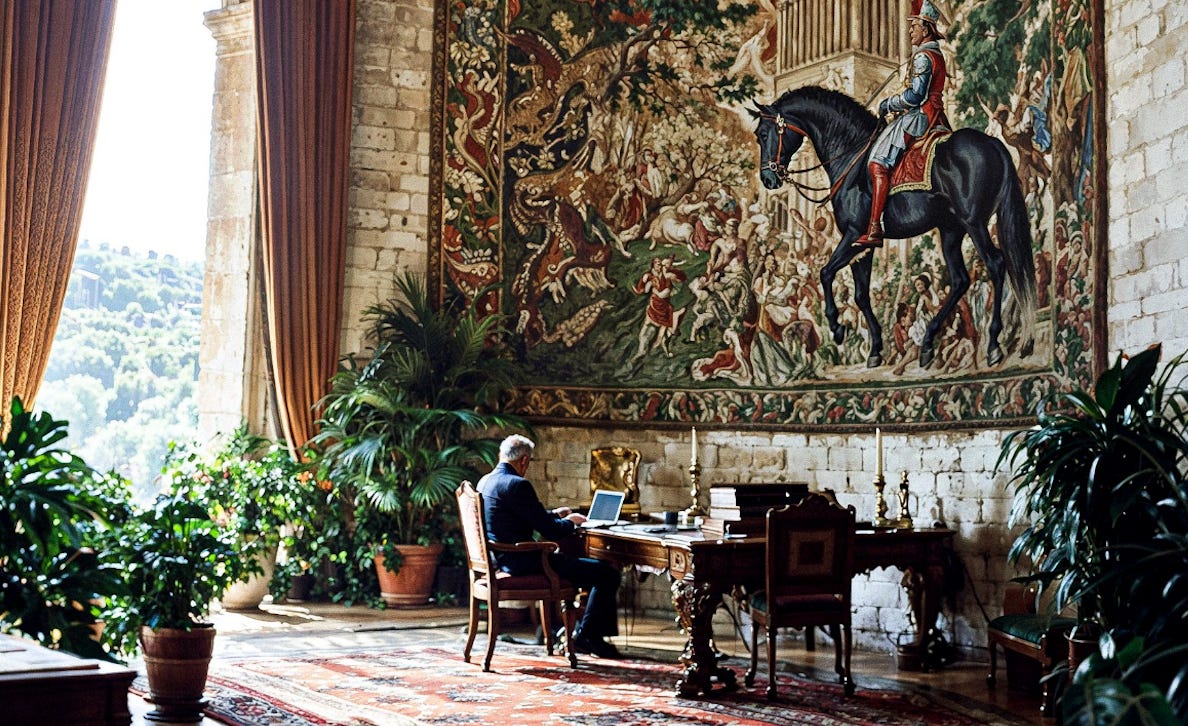Beyond Efficiency: Designing for Wondered Knowledge
The patient architecture of thought in a world of instant answers.

These days we keep a domesticated oracle on our desks and in our pockets. We pose a prompt and an answer arrives: neatly phrased, mostly context-aware, convincing. The sharper the prompt, the further it reaches, as if language itself were a throttle.
This is very close to what Vannevar Bush imagined when he wrote about “more efficient accessibility to our fluctuating store of knowledge.”[0] We have built machines that reach into the storehouse of the collective, as deep as we ask and presented with ease. At human scale, retrieval is largely solved.
Yet there is a region these machines still rarely enter: the free-form part of thought, looking for room to unfold before it finds coordinates in language. The unanswered question that lingers for weeks, maybe longer. The rabbit hole we abandon because we cannot make time to explore. The half-formed intuition that resists articulation, then suddenly emerges after a stray sentence in a book, a walk, or a conversation. Machines fetch, but they do not tend.
Montaigne called his pieces essais (attempts). Read together, they are less a bookshelf than a garden: return, prune, graft, let something climb. Engelbart sought to augment human intellect by redesigning the entire system around thinking [1]. Both point in the same direction: tools that do not just answer, but shape the conditions under which better questions can survive.
Designing for tending means orienting thinking toward continuity of inquiry rather than one-off answers. A companion mind. Not another search box, but a curiosity machine that ventures into what is not yet labeled; a research partner that keeps a ledger of your intellectual drift and returns to it unprompted; a cartographer of rabbit holes that shows where you last turned back; a patient architect of memory’s topology that grows trellises for half-formed ideas. This is not about efficiency. It is about keeping the questions alive. Such a system remembers differently (around questions, not topics), connects differently (across time, not just terms), and wanders with you long enough for surprise to occur.
It is time to grow a memory topology where links surface when the season is right, not another oracle, but a companion mind that makes inquiry continuous and makes returning feel inevitable.
[0] Vannevar Bush, “As We May Think” (1945)
[1] Douglas Engelbart, “Augmenting Human Intellect: A Conceptual Framework” (1962)
